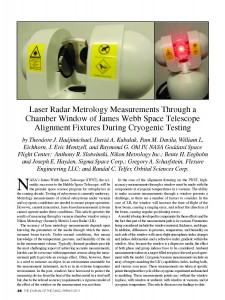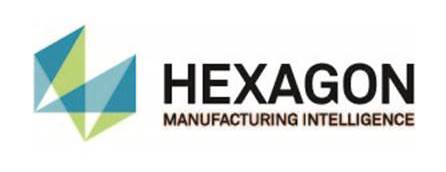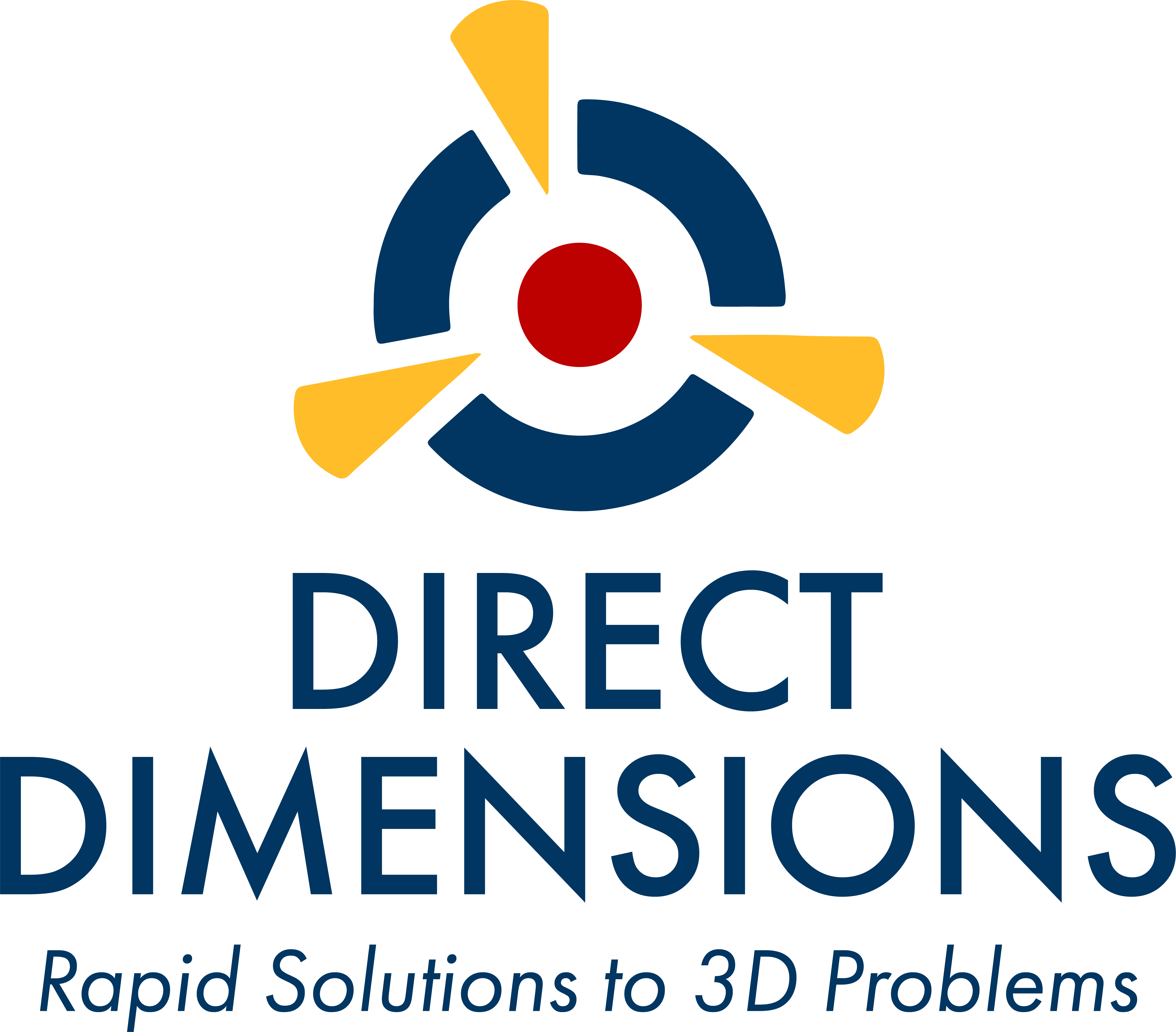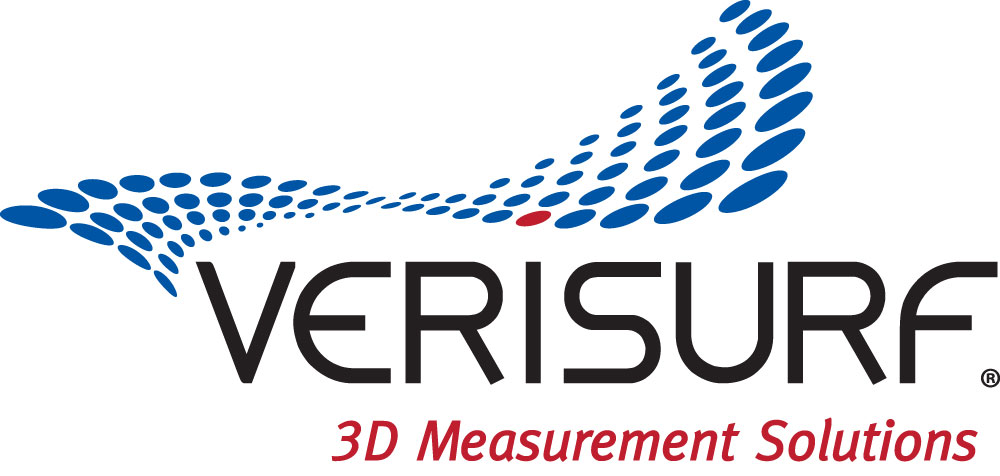
|
Download Members: $0.00 Non‑Members: $75.00 |
Buy Now |
Publication Details
| Published Date: | |
|---|---|
| Authors: | Theodore J. Hadjimichael, David A. Kubalak, Pam M. Davila, William L. Eichhorn, J. Eric Mentzell, Raymond G. Ohl, Anthony Slotwinski, Bente H. Eegholm, Joseph E. Hayden, Gregory A. Scharfstein, Randal C. Telfer |
| Company: | CMSC |
| Print Format: | Technical Paper |
| Citation: | Theodore J. Hadjimichael, David A. Kubalak, Pam M. Davila, William L. Eichhorn, J. Eric Mentzell, Raymond G. Ohl, Anthony Slotwinski, Bente H. Eegholm, Joseph E. Hayden, Gregory A. Scharfstein, Randal C. Telfer, "Laser Radar Metrology Measurements Through |
Abstract
NASA’s James Webb Space Telescope (JWST), the scientific successor to the Hubble Space Telescope, will be the premier space science program for astrophysics in the coming decade. Testing of subsystems is currently underway. Metrology measurements of critical subsystems under vacuum and cryogenic conditions are needed to ensure proper operation. However, current noncontact, laser-based measurement systems cannot operate under these conditions. This article presents the results of measuring through a vacuum chamber window using a Nikon Metrology (formerly Metris) Laser Radar (LR). The accuracy of laser metrology measurements depends upon knowing the parameters of the media through which the measurement beam travels. Under normal conditions, this means knowledge of the temperature, pressure, and humidity of the air in the measurement volume. Typically, thermal gradients provide the most challenging aspect of achieving accurate measurements, but this can be overcome with temperature sensors along the measurement path to provide an average effect. Often, however, there is a need to measure an object in an environment unsuitable for the measurement instrument, such as in an extreme temperature environment. In the past, windows have been used to protect the measuring device from the heat of the molten metal in a steel mill but, due to the relaxed accuracy requirements, a rigorous model of the effect of the window on the measurement was not done. In the case of the alignment fixturing on the JWST, high-accuracy measurements through a window must be made with the components at cryogenic temperatures in a vacuum. The ability to make accurate measurements through a window presents a challenge, as there are a number of factors to considerer. In the case of LR, the window will increase the time-of-flight of the laser beam, causing a ranging error, and refract the direction of the beam, causing angular positioning errors. A model is being developed to compensate for these effects and for the fact that part of the measurement path is in vacuum. Parameters being considered include the window material, thickness, and shape. In addition, differences in pressure, temperature, and humidity on each side of the window will cause slight atmospheric index changes and induce deformation and a refractive index gradient within the window. Also, because the window is a dispersive media, the effect of both phase and group indexes have to be considered. Ambient measurements taken on a target-filled test piece showed good agreement with the model. Cryogenic/vacuum measurements include an array of targets matching the LR's capabilities: holes, tooling balls, and various scan areas. These measurements are taken at specific points throughout the cycle of the cryogenic experiment and matched to modeling. Those measurements points are: without the window in place, with window at ambient, with window at vacuum, and at cryogenic temperature. This article discusses our findings to date.







